2. Ulkur F, Ozdemir F, Germec-Cakan D, Kaspar EC. 2016; Landmark errors on posteroanterior cephalograms. Am J Orthod Dentofacial Orthop. 150:324–31. DOI:
10.1016/j.ajodo.2016.01.016. PMID:
27476366.


3. Na ER, Aljawad H, Lee KM, Hwang HS. 2019; A comparative study of the reproducibility of landmark identification on posteroanterior and anteroposterior cephalograms generated from cone-beam computed tomography scans. Korean J Orthod. 49:41–8. DOI:
10.4041/kjod.2019.49.1.41. PMID:
30603624. PMCID:
PMC6306316.


4. Sicurezza E, Greco M, Giordano D, Maiorana F, Leonardi R. 2012; Accuracy of landmark identification on postero-anterior cephalograms. Prog Orthod. 13:132–40. DOI:
10.1016/j.pio.2011.10.003. PMID:
23021116.


5. Pirttiniemi P, Miettinen J, Kantomaa T. 1996; Combined effects of errors in frontal-view asymmetry diagnosis. Eur J Orthod. 18:629–36. DOI:
10.1093/ejo/18.6.629. PMID:
9009427.


7. Smektała T, Jędrzejewski M, Szyndel J, Sporniak-Tutak K, Olszewski R. 2014; Experimental and clinical assessment of three-dimensional cephalometry: a systematic review. J Craniomaxillofac Surg. 42:1795–801. DOI:
10.1016/j.jcms.2014.06.017. PMID:
25037877.


8. Kamoen A, Dermaut L, Verbeeck R. 2001; The clinical significance of error measurement in the interpretation of treatment results. Eur J Orthod. 23:569–78. DOI:
10.1093/ejo/23.5.569. PMID:
11668876.


9. Gribel BF, Gribel MN, Frazäo DC, McNamara JA Jr, Manzi FR. 2011; Accuracy and reliability of craniometric measurements on lateral cephalometry and 3D measurements on CBCT scans. Angle Orthod. 81:26–35. DOI:
10.2319/032210-166.1. PMID:
20936951.


10. Gribel BF, Gribel MN, Manzi FR, Brooks SL, McNamara JA Jr. 2011; From 2D to 3D: an algorithm to derive normal values for 3-dimensional computerized assessment. Angle Orthod. 81:3–10. DOI:
10.2319/032910-173.1. PMID:
20936948.


11. Meiyappan N, Tamizharasi S, Senthilkumar KP, Janardhanan K. 2015; Natural head position: an overview. J Pharm Bioallied Sci. 7(Suppl 2):S424–7. DOI:
10.4103/0975-7406.163488. PMID:
26538891. PMCID:
PMC4606633.

12. El-Mangoury NH, Shaheen SI, Mostafa YA. 1987; Landmark identification in computerized posteroanterior cephalometrics. Am J Orthod Dentofacial Orthop. 91:57–61. DOI:
10.1016/0889-5406(87)90209-5. PMID:
3467581.


14. Shokri A, Miresmaeili A, Farhadian N, Falah-Kooshki S, Amini P, Mollaie N. 2017; Effect of changing the head position on accuracy of transverse measurements of the maxillofacial region made on cone beam computed tomography and conventional posterior-anterior cephalograms. Dentomaxillofac Radiol. 46:20160180. DOI:
10.1259/dmfr.20160180. PMID:
28306330. PMCID:
PMC5595030.

15. Oshagh M, Shahidi SH, Danaei SH. 2013; Effects of image enhancement on reliability of landmark identification in digital cephalometry. Indian J Dent Res. 24:98–103. DOI:
10.4103/0970-9290.114958. PMID:
23852241.


16. Arık SÖ, Ibragimov B, Xing L. 2017; Fully automated quantitative cephalometry using convolutional neural networks. J Med Imaging (Bellingham). 4:014501. DOI:
10.1117/1.JMI.4.1.014501. PMID:
28097213. PMCID:
PMC5220585.
17. Park JH, Hwang HW, Moon JH, Yu Y, Kim H, Her SB, et al. 2019; Automated identification of cephalometric landmarks: part 1-comparisons between the latest deep-learning methods YOLOV3 and SSD. Angle Orthod. 89:903–9. DOI:
10.2319/022019-127.1. PMID:
31282738.



18. Hwang HW, Park JH, Moon JH, Yu Y, Kim H, Her SB, et al. 2019; Automated identification of cephalometric landmarks: part 2-might it be better than human? Angle Orthod. 90:69–76. DOI:
10.2319/022019-129.1. PMID:
31335162.


19. Takahashi R, Matsubara T, Uehara K. 2017. Multi-stage convolutional neural networks for robustness to scale transformation. Paper presented at: 2017 International Symposium on Nonlinear Theory and Its Applications. 2017 Dec 4-7; Cancun, Mexico. NOLTA;Cancun: p. 692–5.
20. Anwar SM, Majid M, Qayyum A, Awais M, Alnowami M, Khan MK. 2018; Medical image analysis using convolutional neural networks: a review. J Med Syst. 42:226. DOI:
10.1007/s10916-018-1088-1. PMID:
30298337.


21. Yadav SS, Jadhav SM. 2019; Deep convolutional neural network based medical image classification for disease diagnosis. J Big Data. 6:113. DOI:
10.1186/s40537-019-0276-2.

22. Schwendicke F, Golla T, Dreher M, Krois J. 2019; Convolutional neural networks for dental image diagnostics: a scoping review. J Dent. 91:103226. DOI:
10.1016/j.jdent.2019.103226. PMID:
31704386.

23. Park JJ, Kim KA, Nam Y, Choi MH, Choi SY, Rhie J. 2020; Convolutional-neural-network-based diagnosis of appendicitis via CT scans in patients with acute abdominal pain presenting in the emergency department. Sci Rep. 10:9556. DOI:
10.1038/s41598-020-66674-7. PMID:
32533053. PMCID:
PMC7293232.







 PDF
PDF Citation
Citation Print
Print



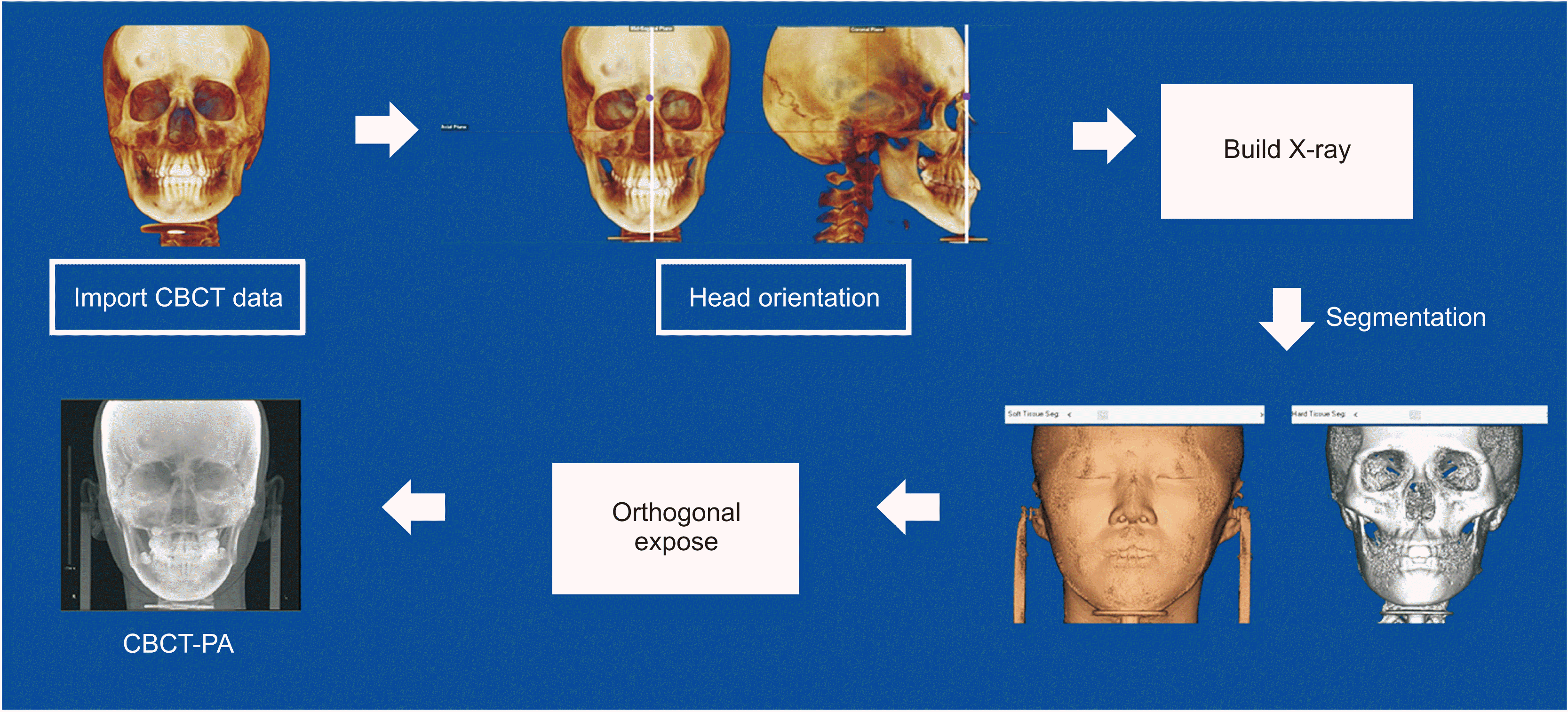
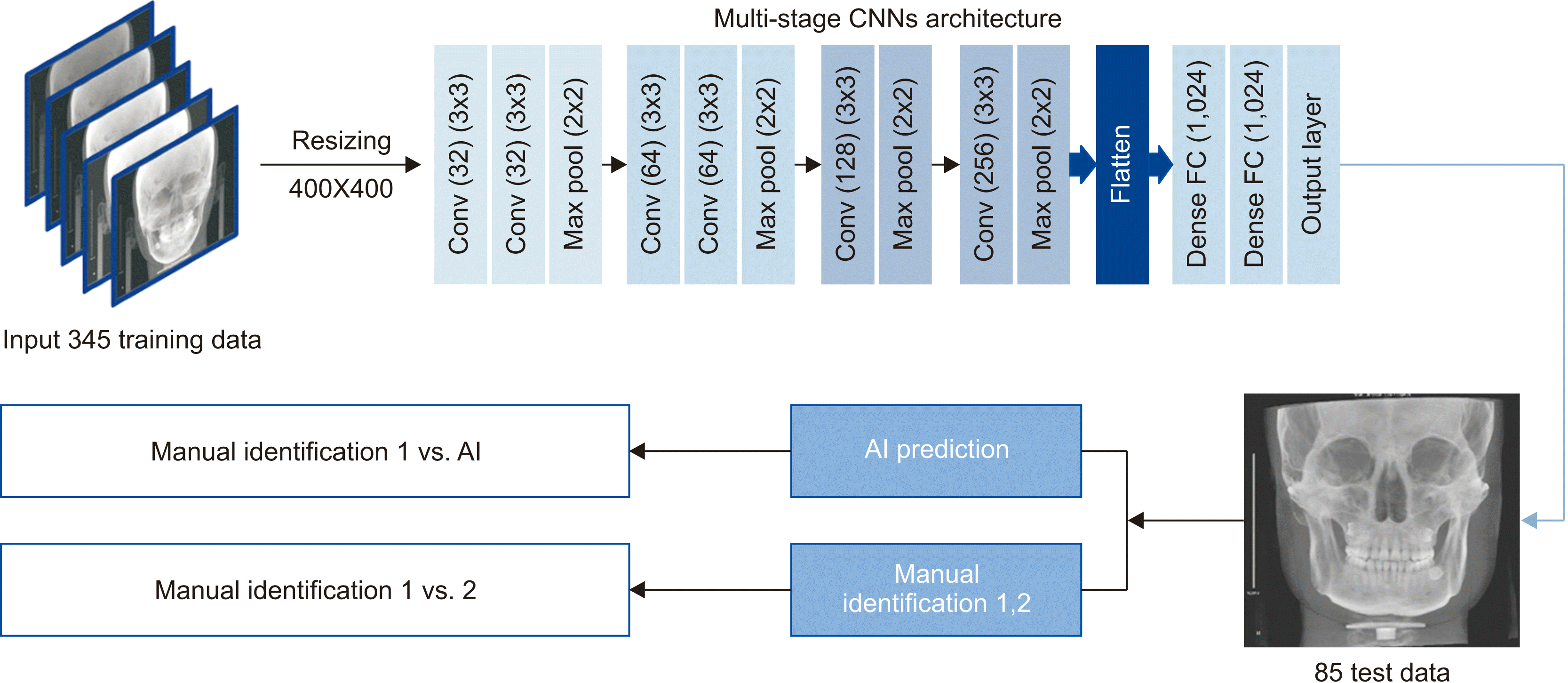
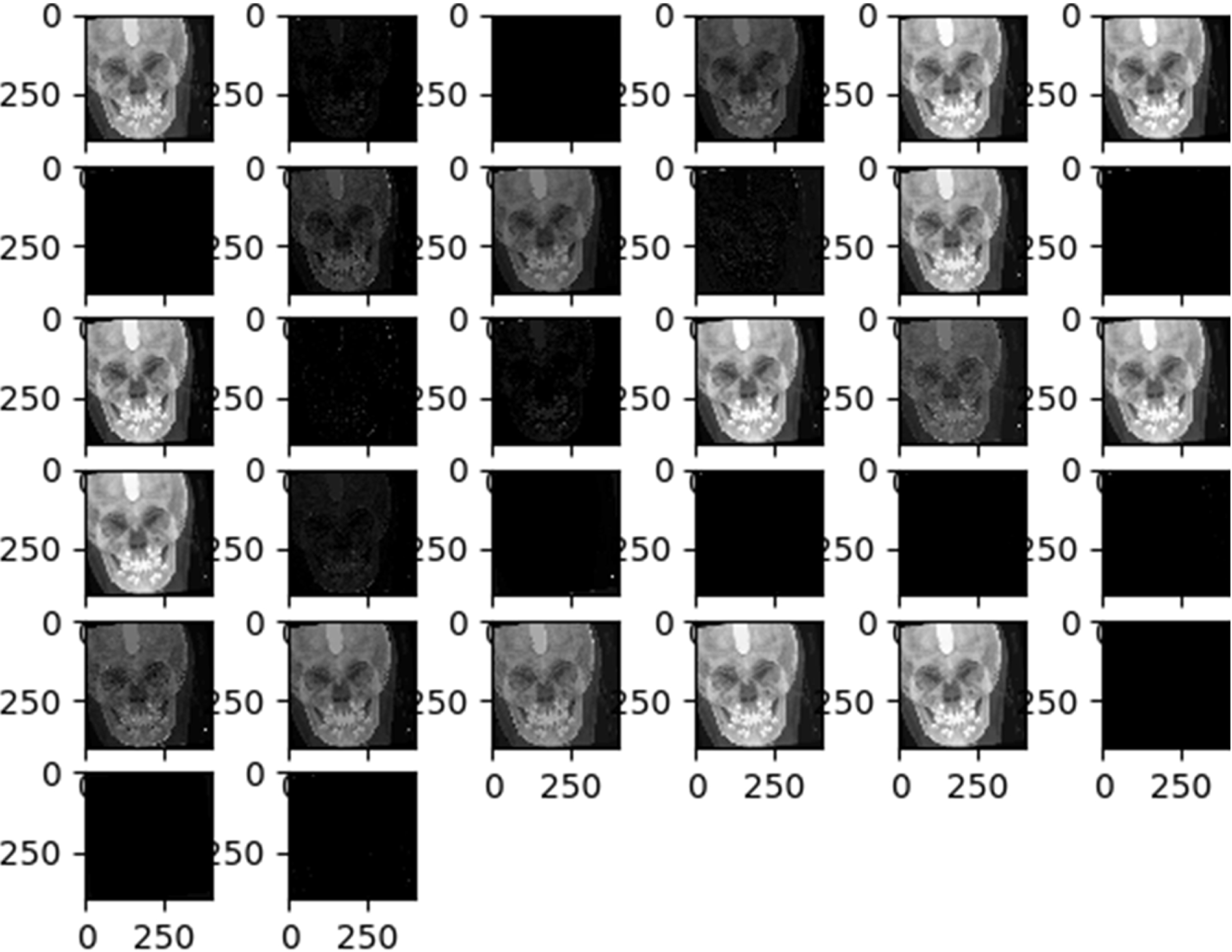
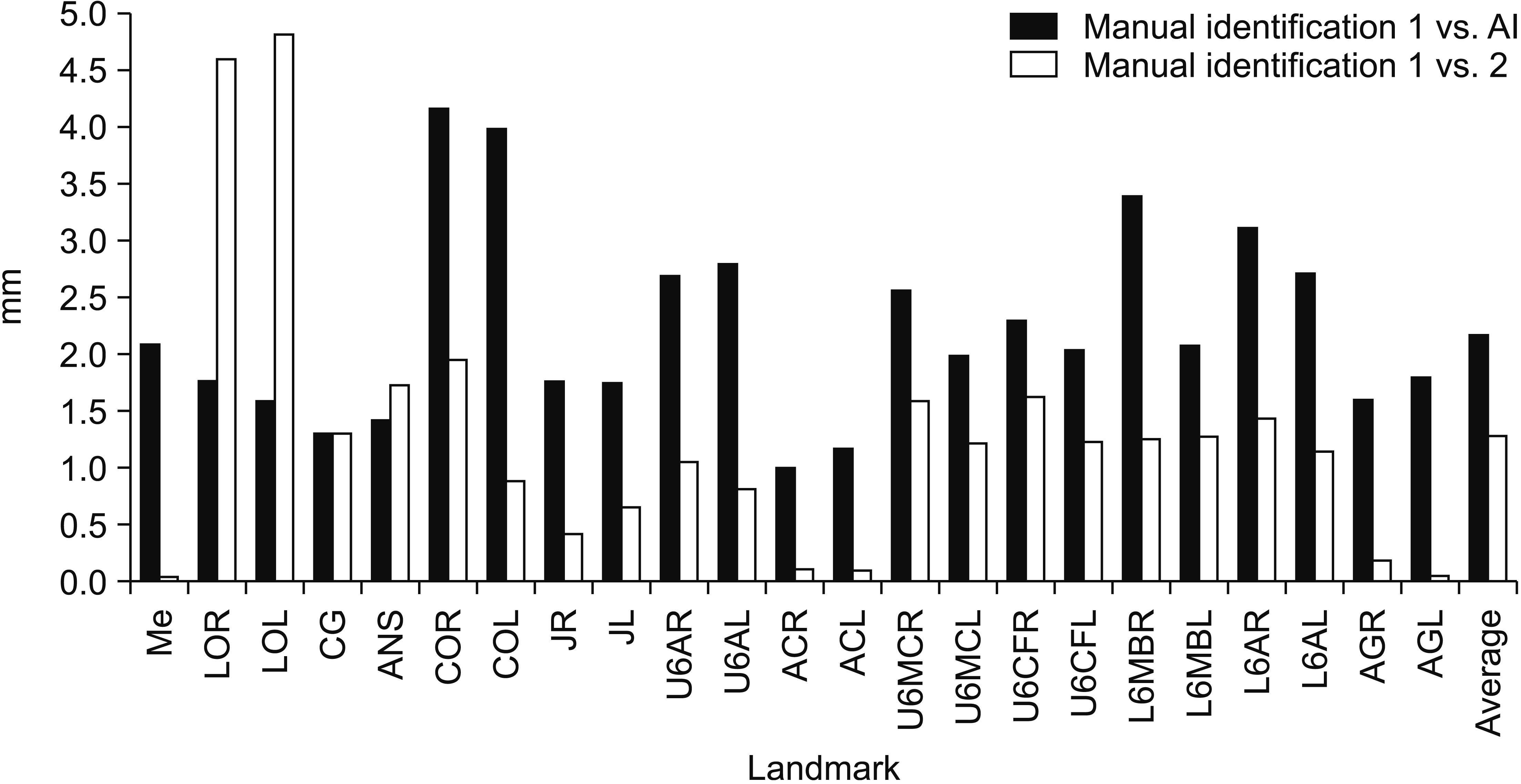
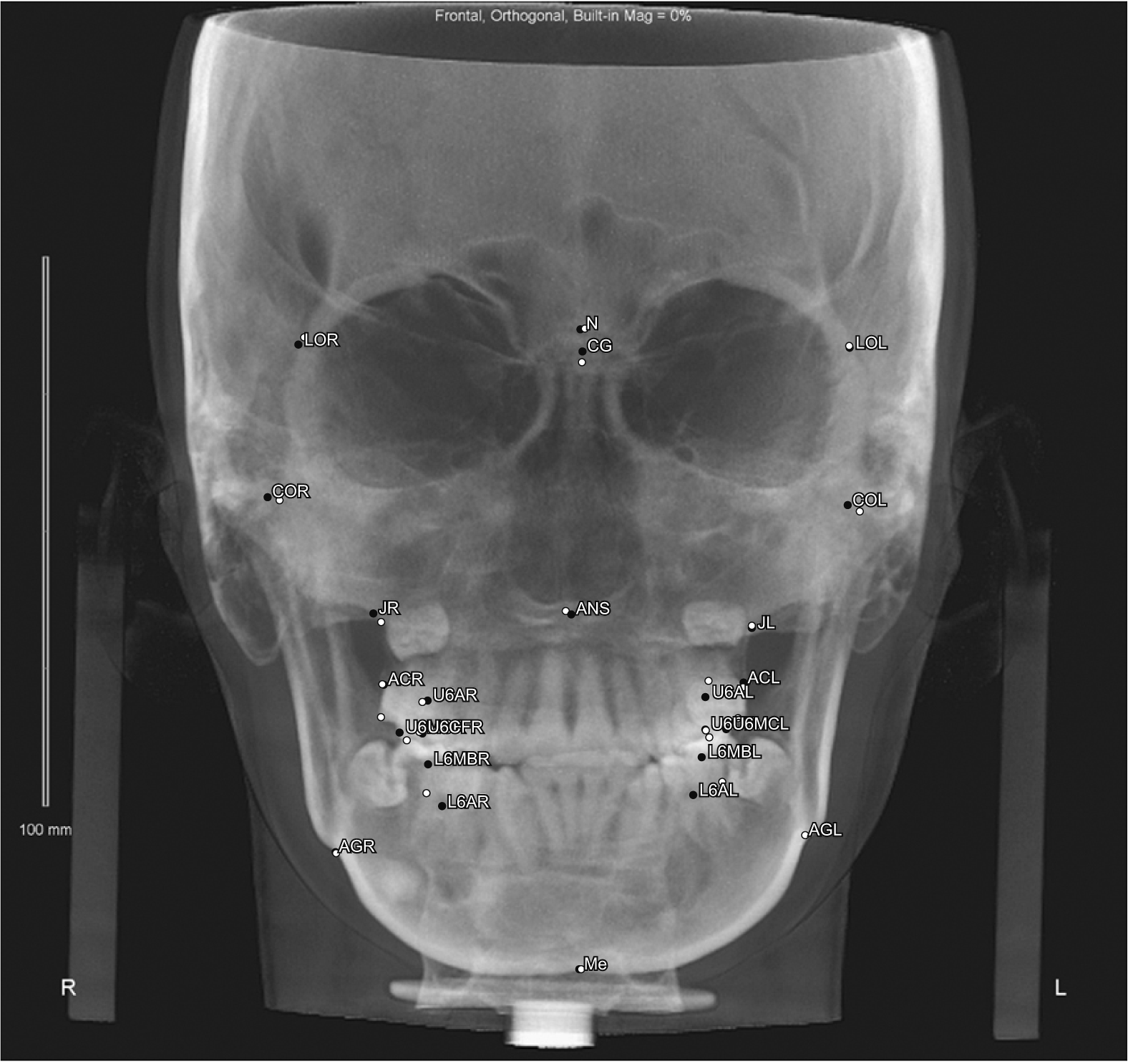
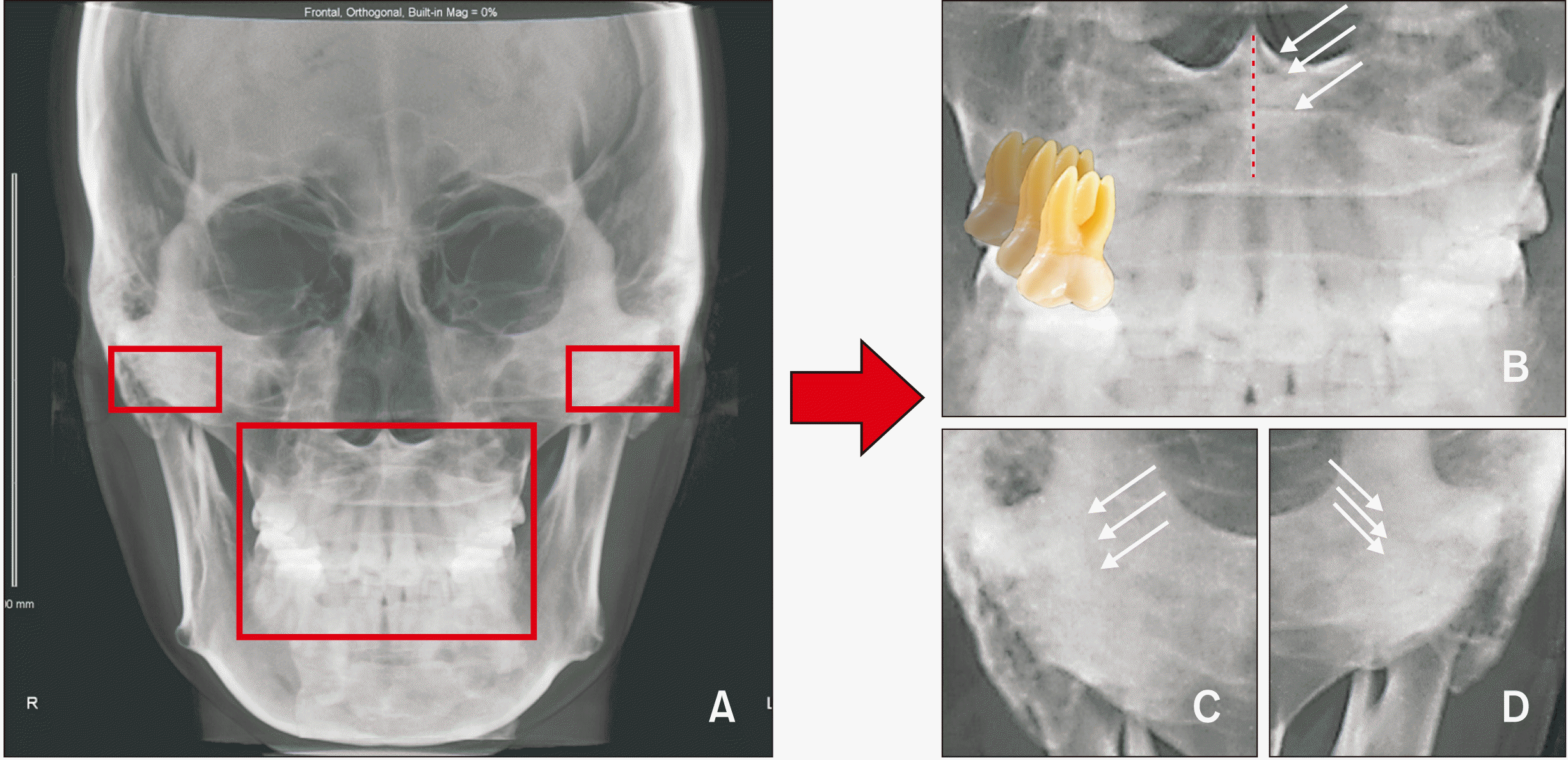
 XML Download
XML Download